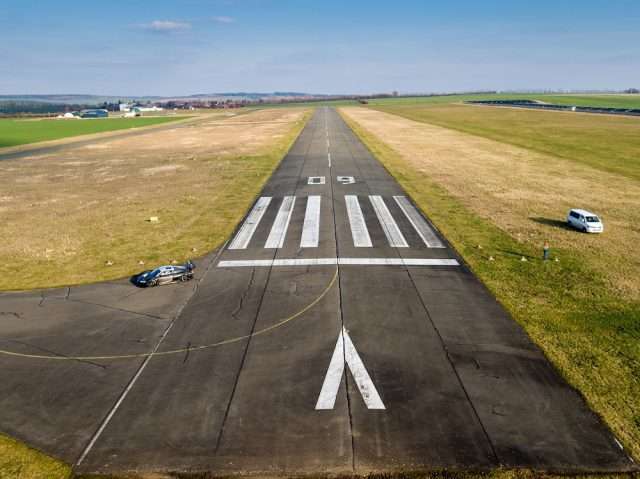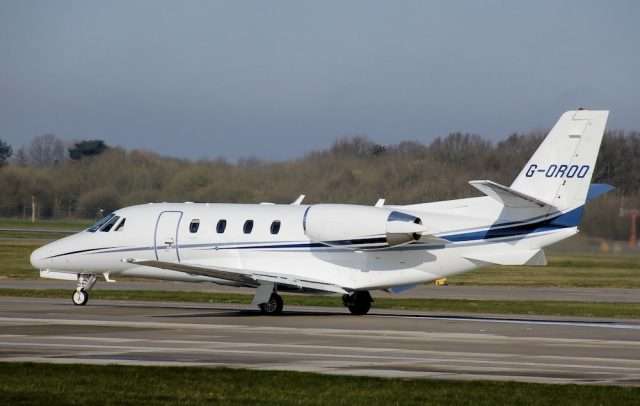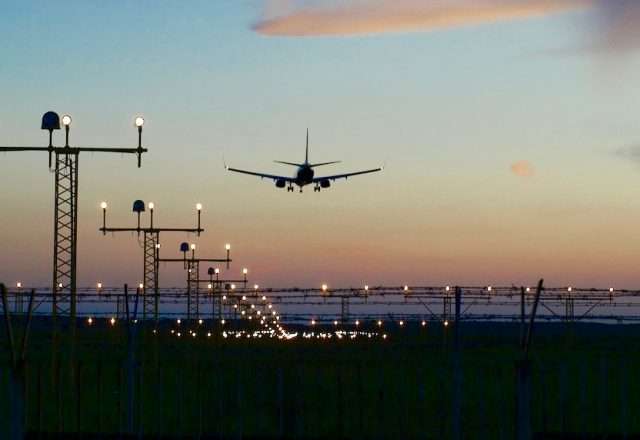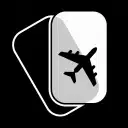How Runway Conditions Affect Corporate Jet Travel
To the average corporate jet traveller, a runway is a runway. Obviously, we’re well aware that a charter airliner couldn’t safely take off or land on a dirt strip in a farmer’s field, but not much thought is given to the runway requirements for for business jets.
The truth is all aircraft perform differently. Some are better able to access airports that:
- Have shorter runway lengths
- Are located at higher elevations
- Are located in more remote areas
- Have more challenging landing approaches
- Aren’t equipped with sophisticated electronic landing aids
This is one of the main drivers of business aviation. Commercial airlines are typically limited to larger airports in busy centers. On the other hand, a corporate jet with appropriate performance specs can access a wider range of smaller airports in regions that are underserviced by the commercial sector.
Here are some of the runway attributes and other factors that charter operators must consider when flight planning.
Runway Length

The importance of runway length is obvious. If a corporate jet doesn’t have the thrust rating required to achieve liftoff for a given length of tarmac, it can’t use that airport.
The same goes for an aircraft’s braking ability. If the distance required by a business jet to slow down exceeds the length of the runway, it won’t have enough room to safely land.
Elevation

High-altitude airports such as Mexico City International Airport (FAA ID: MMMX), also known as Licenciado Benito Juarez International, pose a challenge for some corporate jet itineraries. It is at an elevation of 7,342 feet, which has a significantly lower air density that sea level. This negatively affects an aircraft’s performance in two ways:
- It reduces aerodynamic performance
- It decreases the engine’s horsepower output
Temperature
Another environmental factor that affects takeoff performance is air temperature. Manufacturers thoroughly test their aircraft to determine their optimal operating range in a variety of conditions, including altitude and temperature.
One of the key specs pilots need to be aware of is an aircraft’s ISA rating. This indicates the temperature range in which an aircraft’s engines will perform at their peak. If the temperatures are too high, performance diminishes. That’s why it’s common to see flights in hot, high-elevation climates scheduled for late-night departures.
It’s important to note that temperatures and weather patterns in many areas are variable. So while it might be OK to fly into a given airport on a day when temperatures are cool, it might not be accessible when it’s hot and humid (high humidity also adversely affects engine performance).
However, as mentioned, the ability to access a wider range of airports and flexible scheduling drastically reduces the chance of a cancelled or delayed flight in the corporate jet world.
To learn more about the benefits of business aviation, check out our post: Private Jet vs Commercial Airline: Why There Really Is No Comparison.
Are you looking for a corporate jet charter broker that exemplifies safety, service and professionalism? Stratos Jets charters business jets using our Approved Vendor Program to prescreen all aircraft and operators to source appropriate aircraft for your itinerary and provide the widest margin of safety possible. Call us to learn more—(888) 593-9066 (toll free) or request a quote online.
Are you ready to book your London and Paris charter flight yet?
Our friendly, expert air charter agents are here to answer questions or start your quote today. Don`t wait, call now and we'll get you on your way to your destination!
Call 888-593-9066











